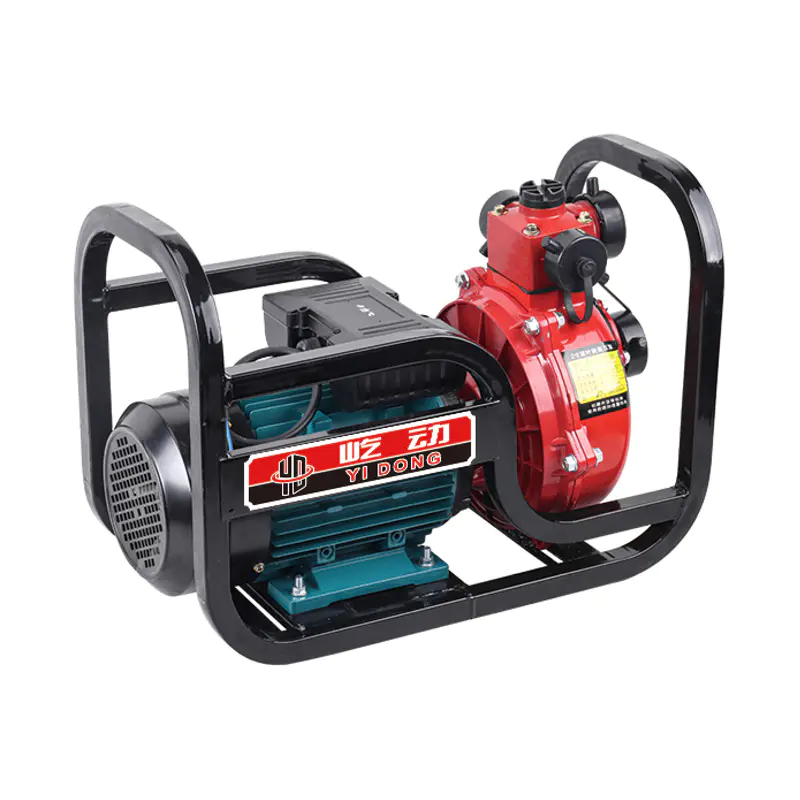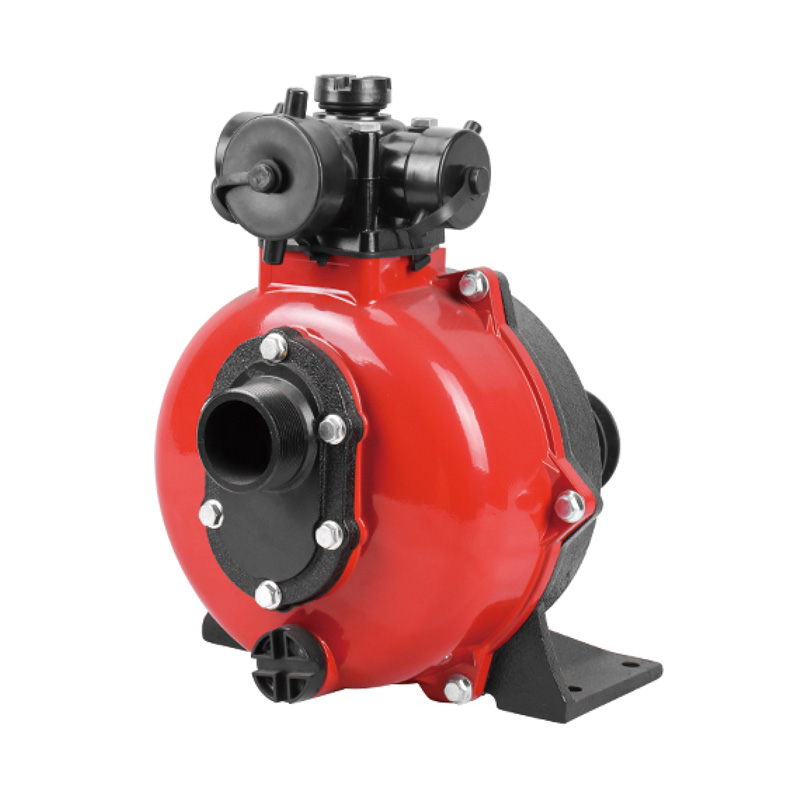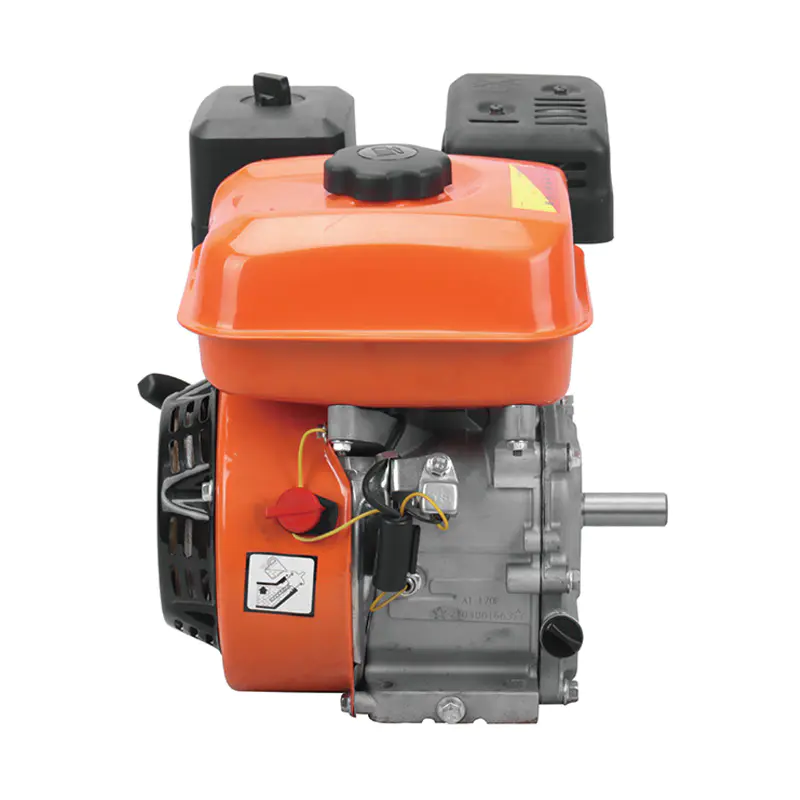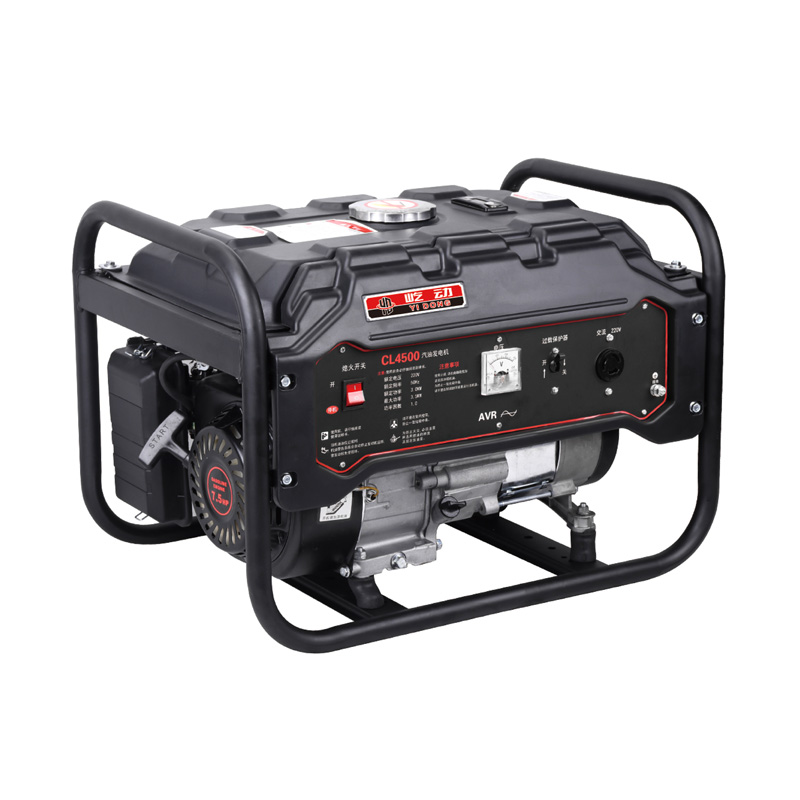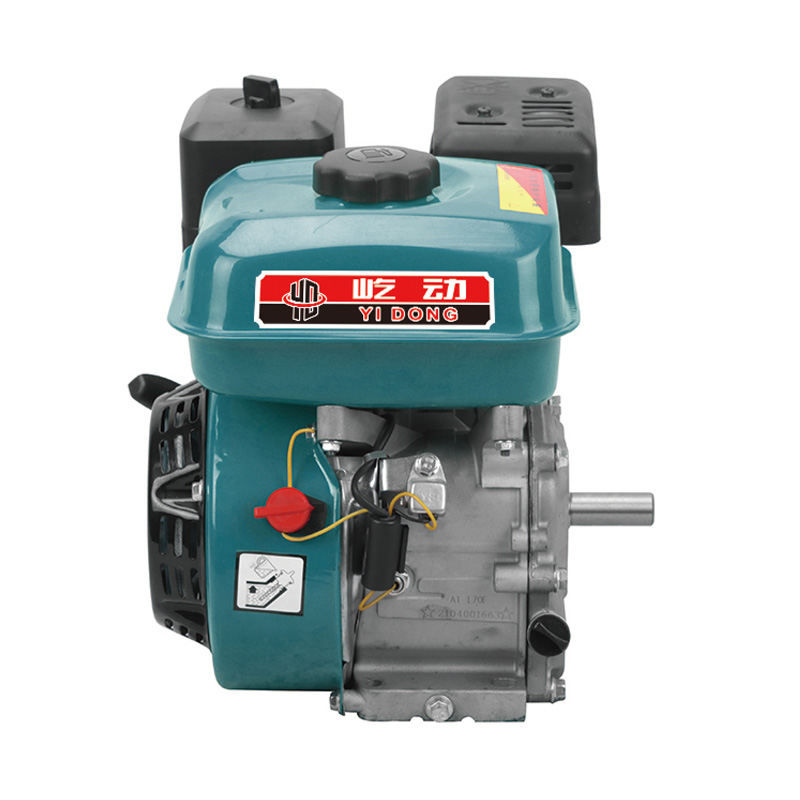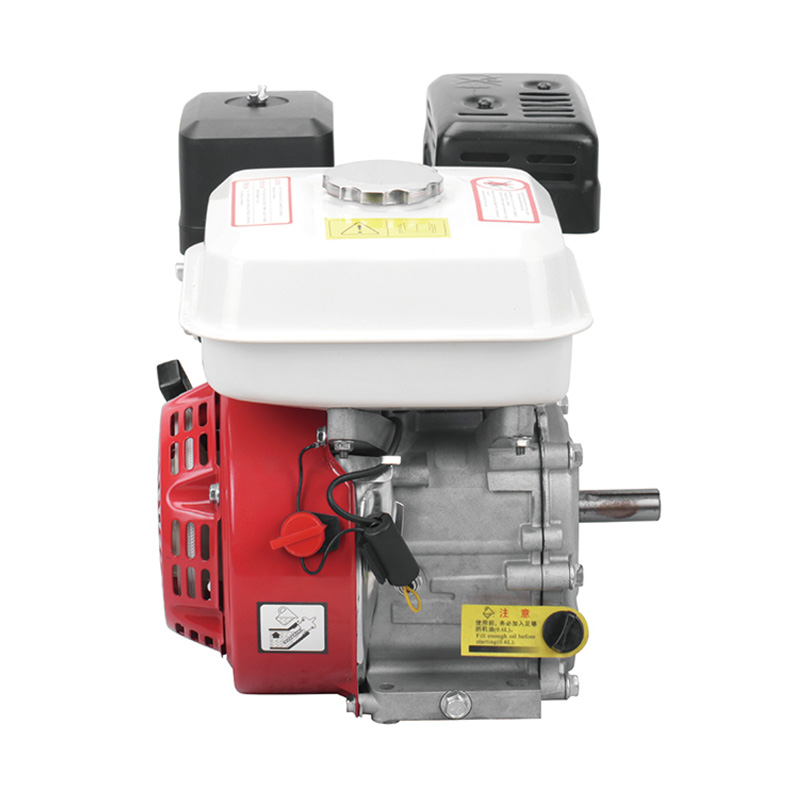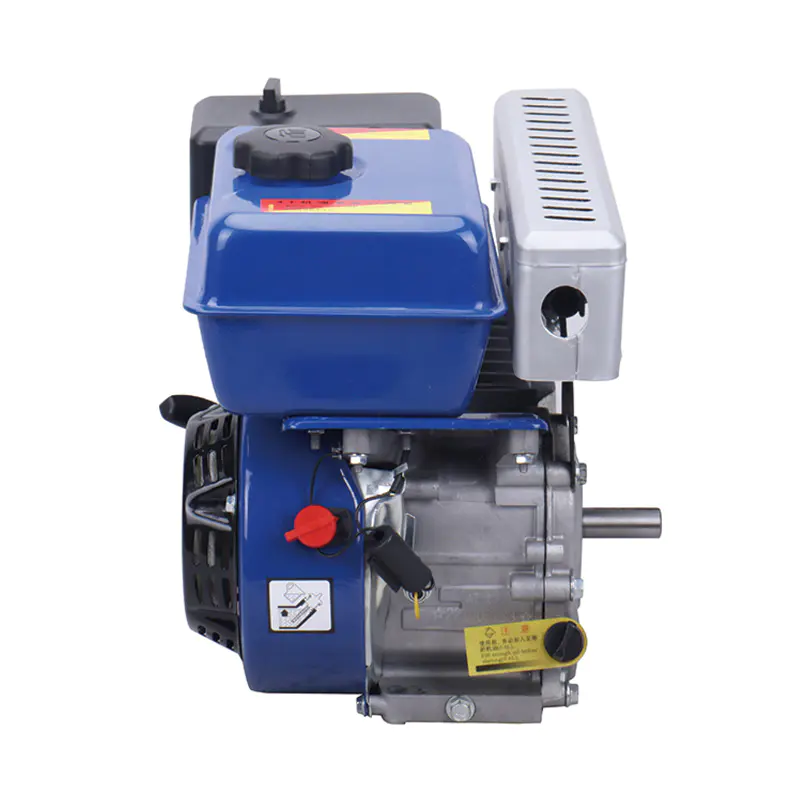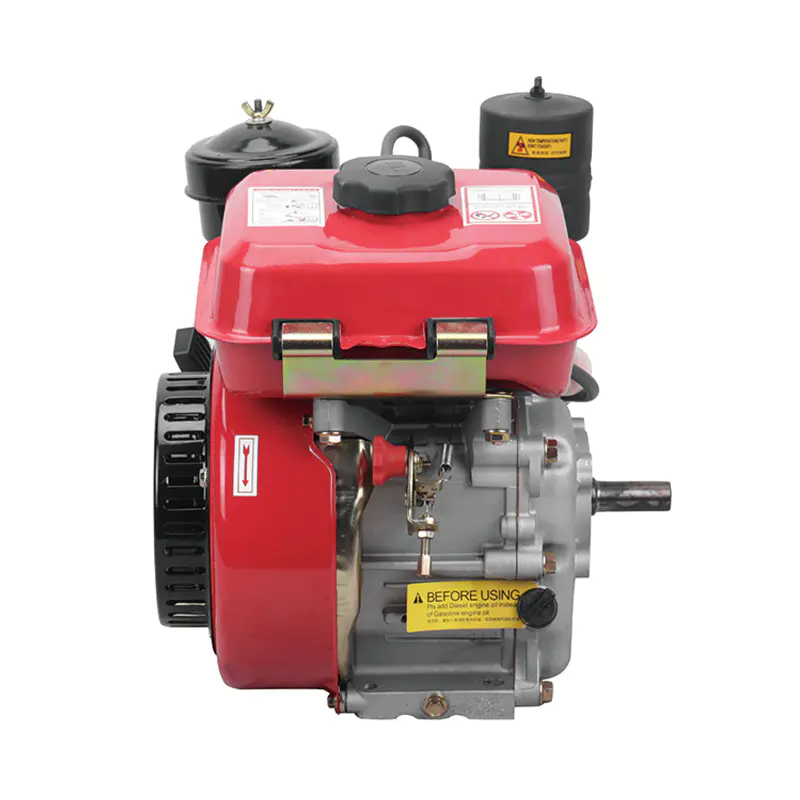The Engineering Marvel of Fluid Dynamics
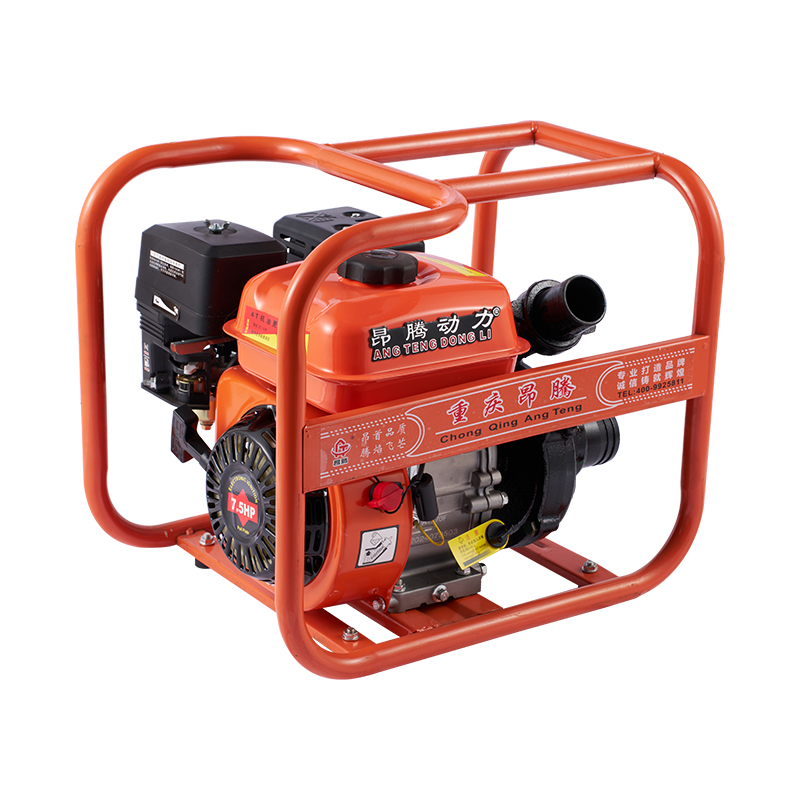
The surface centrifugal pump is an indispensable piece of equipment in various industries, from water treatment to chemical processing. This mechanical marvel operates on the principle of converting rotational kinetic energy into linear pressure energy, moving fluids with precision and efficiency. The pump's design is centered around a rotating impeller, which, when driven by an electric motor, accelerates fluid around its vanes, creating a centrifugal force that discharges the fluid from the pump.
Electrical Driven Pump: The Silent Workhorse
Perspective: The Power Behind the Scenes
When we think of pumps, the unsung hero in the background is often the electrically driven pump. These pumps are the backbone of modern fluid handling systems, providing the necessary force to move liquids through pipes and channels. They are characterized by their reliability, low maintenance, and the ability to handle a wide range of flow rates and pressures. The electrically driven pump is a testament to the synergy between mechanical engineering and electrical technology, offering a seamless integration of power and motion. This section will delve into the workings of these pumps, their advantages, and how they contribute to the efficiency of various systems.
Electric Boat Water Pump: Ensuring Smooth Sailing
On the high seas, the electric boat water pump is a critical component that ensures the smooth operation of vessels. Whether it's for ballast, bilge, or firefighting, these pumps are designed to handle the harsh marine environment with resilience. The electric boat water pump is not just a piece of equipment; it's a vital link in the chain of safety and functionality aboard any watercraft. This segment will discuss the role of electric boat water pumps in maritime applications, their unique design considerations, and the importance of regular maintenance to prevent potential disasters at sea.
Surface Centrifugal Pump: The Engineering Marvel of Fluid Dynamics
The surface centrifugal pump is a common sight in industrial settings, yet its complexity and importance are often underestimated. At the heart of this pump is an impeller, a rotating component that is the driving force behind fluid movement. As the impeller spins, it draws fluid into its center and, through the centrifugal force generated, flings the fluid outward to the pump casing. This process increases the fluid's velocity and pressure, allowing it to be discharged through a discharge pipe.
The efficiency of a surface centrifugal pump is influenced by several factors. The design of the impeller, the material it is made from, and the speed of rotation all play a role in the pump's performance. Additionally, the specific speed and head of the pump are critical parameters that determine its suitability for a particular application. Engineers must consider these factors carefully when selecting a pump for a given task.
Applications for surface centrifugal pumps are vast and varied. They are used in domestic water supply systems, industrial processes, irrigation, and even in the transfer of chemicals in the chemical industry. The pump's ability to handle both clean and dirty water makes it a versatile choice for many fluid handling needs.
Electrical Driven Pump: The Power Behind the Scenes
The electrically driven pump is the workhorse of the fluid handling world. Its quiet operation and reliability make it a preferred choice in many applications. These pumps are powered by electric motors, which provide a constant and adjustable source of power. The motor's speed can be varied to control the flow rate and pressure, offering a high degree of flexibility.
One of the key advantages of electrically driven pumps is their low maintenance requirements. With fewer moving parts compared to some other types of pumps, they are less prone to mechanical failure. Additionally, the absence of belts or other drive mechanisms reduces the need for regular inspection and replacement.
In terms of efficiency, electrically driven pumps have come a long way. Modern designs incorporate variable frequency drives (VFDs) that allow the pump to operate at the speed for the specific task, reducing energy consumption and extending the pump's lifespan.
Electric Boat Water Pump: Ensuring Smooth Sailing
The electric boat water pump is a mariner's ally, ensuring that water management on board is efficient and reliable. These pumps are designed to handle the corrosive nature of saltwater and the demanding conditions of marine environments. They are used for a variety of purposes, from bilge pumping to maintain a dry vessel to ballast control for stability and firefighting systems for safety.
The design of an electric boat water pump must take into account the specific challenges of maritime use. Materials that resist corrosion are essential, as is the ability to handle high volumes of water quickly. Some pumps are designed with self-priming capabilities, which are crucial for sucking water from low levels or even when the pump is above the waterline.



 English
English русский
русский Français
Français Español
Español عربى
عربى